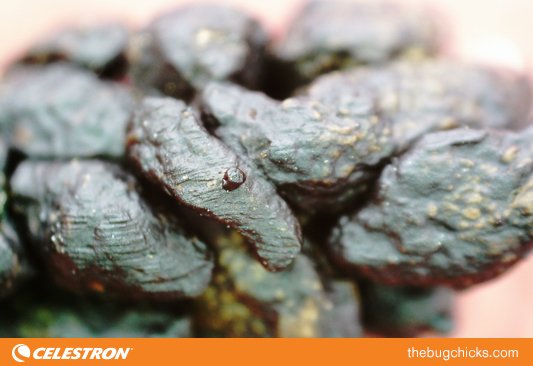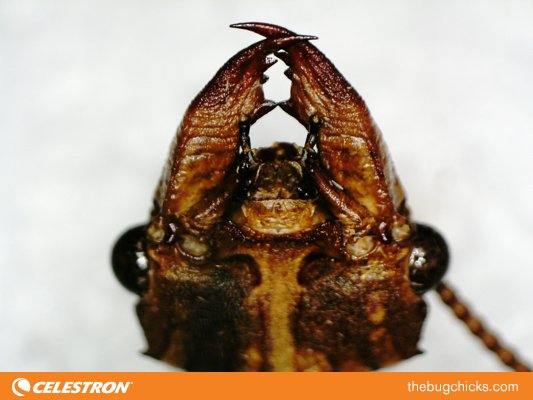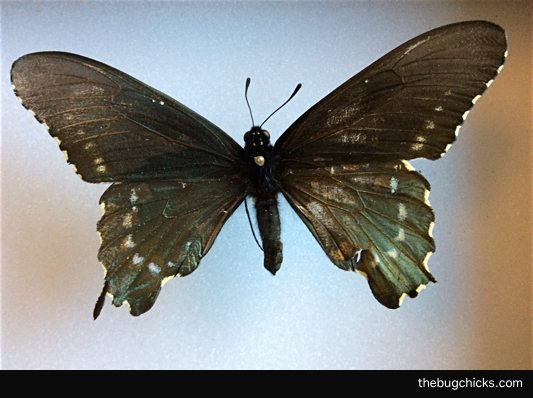Can you guess the species of this pupa?
We found a caterpillar! Then it turned into a pupa. What could it be?
Evidence of Animals (Frass Happens)
Going on a bug hunt but can’t find any animals? There’s always an evidence of insects or other arthropods that is left behind. Plus, learn what insect poo is called! Frass!
Flowers Up-Close
Flowers attract insects. We take an up-close look at their structures using the Celestron FlipView microscope.
I'm Lichen It!
While out looking for insects in the spring, we ran into some lichen diversity. Shots taken with the Celestron FlipView microscope.
Sexual Dimorphism: how males and females look different
Sexual dimorphism is where the male and females look visibly different. There are many insects that exhibit this trait.
The Color of Love
The insects of the world are a riot of color! Using a microscope, The Bug Chicks explore structural color, scales, pigment and hairs on insects.
Best Microscope Shots
Looking at the best arthropod pictures from our Celestron microscopes. These bugs are beautiful up-close!
Spider Molting: A New Start
Take a look at the shed exoskeleton of a large tarantula! We look at fangs, eyes and inner structures of a Brazilian black and white tarantula.
Gross Anatomy
Using the Celestron FlipView microscope, we explore different body parts. It’s not pretty, but it sure is interesting!
A House Guest
We found a little house centipede in the office. People are terrified of these animals, but they are harmless! In fact, they are good little pest control operators for your house.
Insects, Phototaxis and the Dark
What happens when insects are exposed to light? How can we better see them in the dark?
Fall Foliage
As the leaves turn colors in the fall, we can find a lot of interesting leaf morphologies- and a few white flies.
Monday Millipedes!
Millipedes have two pairs of legs per fused segment and some really interesting defenses!
Orange is the New Awesome
Isopods (also called roly-polys) are crustaceans! Did you know that there are orange species?
A Mite-y Discovery!
We discover some mites living under the pronoun of a dung beetle specimen!




















